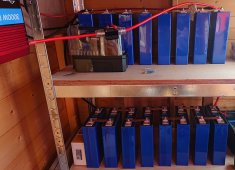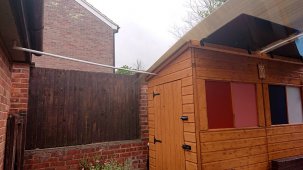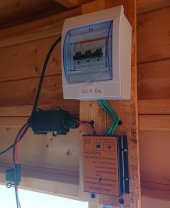Techaplayer
New Member
- Joined
- Sep 6, 2022
- Messages
- 18
How do I ground my charge controller via the little screw on the side? I contacted Victron directly about which charge controller I should go for according to the setup and I’m now pretty much ready to switch everything on – it’s just grounding the controller that’s left? I emailed them again asking if I should wire that little screw up to the metal frame on the shelving that’s holding my batteries (metal frame standing on rubber matting on a wooden floor) and their reply was “Well its supposed to be connected to the common ground, where also the AC distribution is grounded”. That’s all they said? So I’m still clueless really. The AC distribution is the inverter, yes? The inverter doesn’t tell me it needs to be grounded so I’m confused. Please can anyone shed some light? Thanks!!







